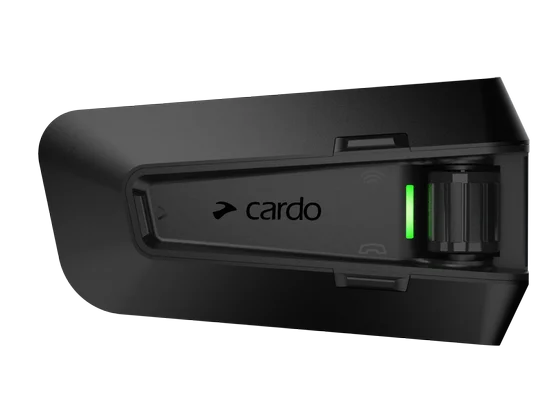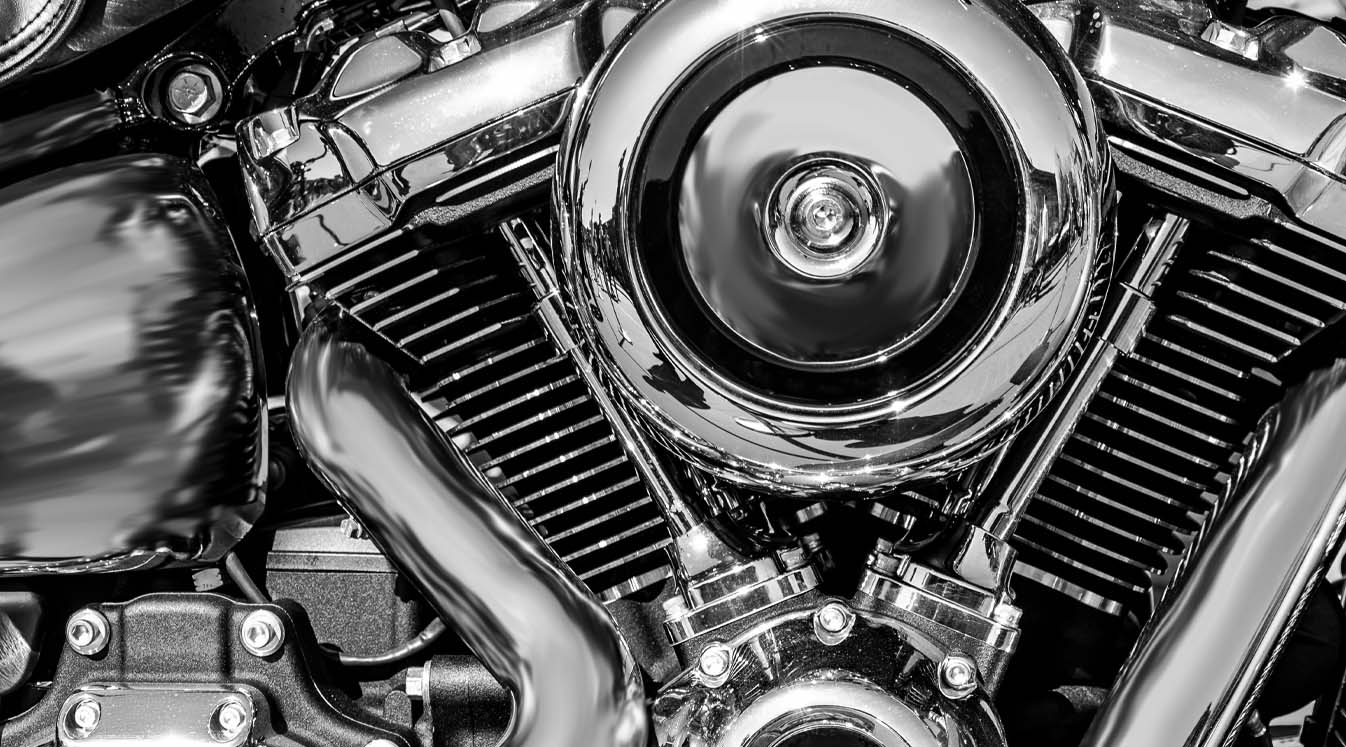Learn More About Motorcycle Communication Systems
Learn more about these bike to bike communication systems, so you can listen and talk on your bike without putting yourself or others at risk.
What is Distracted Driving?
We live in the Digital Age, which requires constant communication. From keeping up with work to checking in on your loved ones, there are so many reasons why you may need to contact someone on the road. Cellphones and wireless communication make it easy to call for help or AAA if you get into an accident while driving your motorcycle.
However, calling and chatting behind the wheel can be a recipe for disaster. You need to keep your eyes on the road at all times, or you could lose control of your bike at a moment’s notice. Bike to bike communication should keep you safe rather increase your chances of getting into an accident.
Looking down at your phone while riding your motorcycle is a form of what’s known as “distracted driving.” A recent study shows that states with strict laws on the books prohibiting drivers from looking down at their phones while driving have reduced motorcycle fatality rates by 11%.
Texting and calling while driving tends to be more common in passenger vehicles. If other drivers are distracted on the road, you could still get into a wreck. Studies show that the passenger vehicle tends to be at fault in crashes involving a collision between a passenger car and motorcycle.

Distracted driving can take several different forms, including:
- – Visual Distractions: Taking your eyes off the road while driving.
- – Manual Distractions: Taking your hands off the wheel while driving.
- – Cognitive Distractions: Your mind wanders from the task at hand while driving.
If you need to dial a call or send a text while driving, you may be distracted in several ways. You might have to take your hand off the wheel, look down at your phone, or focus on the conversation instead of what’s happening around you.
What is Bike to Bike Communication?
New advances in bike to bike communication will help you overcome these challenges behind the wheel. The latest systems attach easily to your motorcycle helmet. so you don’t have to take your eyes off the road when sending a message or dialing a call.
Most of the time, you will control your phone or communication system using audio commands. You should be able to make a call or send a message without having to manually touch or interact with the bike communication system. This helps you keep your hands on the wheel for more stability and control behind the wheel.
Learn More About Bike to Bike Communication with Dynamic Mesh Technology
Different systems are designed for different purposes. Many riders prefer having the ability to contact anyone while driving, including their loved ones, work, the police, or other emergency support systems.
However, many riders are more focused on communicating with their fellow riders in real-time. This is a great choice when riding in a group. Riders can coordinate their current location and status with the rest of the pack without having to pull over or shout over the roar of their engines.
Keep these considerations in mind as we explore the different types of bike to bike communication.

Different Styles of Bike to Bike Communication:
- – Long-Range Bluetooth
- – Two-Way Radios (Wired)
- – Two-Way Radios (Wireless)
- – Press-to-Talk Over Cellular
Long-Range Bluetooth
These best types of motorcycle communication systems are designed to keep you connected to the outside world. You can use Bluetooth motorcycle speakers to send and receive calls to virtually anyone in the world through your phone, assuming you have cell service or access to the internet.
You can also use this technology to listen to music on your bike or instructions from your on-board GPS. The wireless system is perfect for hands-free riding, but you need to be in the line of sight of your fellow riders to place or receive a call; otherwise, the signal won’t reach. You might have to wait until you are closer together to communicate in real-time. These systems run on batteries and need to be charged from time to time.
Shop Motorcycle Helmet Speakers from JBL
Bluetooth long-range systems are considered the most advanced in the industry. The headset attaches to your motorcycle helmet with earphones that produce crystal-clear audio for a better listening experience. You can insert the headset into your existing helmet, depending on the manufacturer.
The helmet speakers should be loud enough that you can hear what the other person is saying over the sound of your motorcycle without limiting your ability to listen to your soundings. You should still be able to hear your engine and other drivers to avoid accidents and unexpected breakdowns. If you put on the headset and can’t hear anything that’s happening nearby, the communication system might put you and others at risk while riding. Some long-range Bluetooth systems will automatically adjust the volume level when your GPS issues instructions.

Wired Radios
Some riders prefer using an old-fashioned radio over Bluetooth communication systems. These systems run on FM, FRS or GMRS frequencies. The radio is typically wired to the helmet, which allows you to speak and listen without taking your hands off the wheel, but you’ll need to connect the wires before you hop on your bike. The system is usually permanently wired to the bike.
Most radios use a push-to-talk system, so only one person can speak. You will have to wait until this person finishes before chiming in over the radio.
Additionally, hard-wired radios are only designed to communicate over radio frequencies, so you can’t listen to music, your GPS, or connect to your phone. This means you can’t contact your loved ones, the office, or request emergency roadside assistance if you get into an accident like you can with a bluetooth communication system.
Wireless Bike to Bike Communication Systems
If you want to connect with other riders on the road without manually wiring your communication system to your helmet, go with a wireless communication system. It combines the stability and reliability of two-way radio communication with the added flexibility of going wireless. You will still need a line of sight to contact the other drivers. You can also use a bluetooth communication system to add up to 15 different riders via Dynamic Mesh Communication. These systems easily install into your current helmet. Most riders don’t like the idea of having wires dangle from their helmet. This can impair your movement and line of sight behind the wheel. These systems easily install into your current helmet with no loose wiring. This simple, yet reliable system will keep you connected without impairing your ability to ride.
Browse Bluetooth Communication Systems
Push-to-Talk Over Cellular
These systems operate like two-way radios, but instead of using a radio signal, the call is made using mobile data. Both radios must have a SIM card installed on the system to use the data. They also need access to cellphone reception. This gives you the freedom to send and receive calls from other people across long distances, even internationally.
You’ll need to replace the SIM card when you run out of data. It’s like buying a burner or temporary phone. The device won’t have the same capabilities as your smartphone, which means no listening to music or listening to your GPS.

What to Look for in Bike to Bike Communication:
1. Range
Range is one of the most important factors to consider when investing in bike to bike communication. Keep in mind that some radios may cut you off if the other rider is no longer within your line of sight. This means you will have to decrease your following distance to keep in touch. If you’d prefer to contact someone across long distances, go with Bluetooth communication with the added capability of Dynamic Mesh Communication
2. Battery Life
Recharging the battery can be a pain. Radios don’t need to be charged, which can be a life-saver when taking a long road trip or driving for hours on end. If you prefer using a Bluetooth communication system, make sure the battery will last the duration of your trip.
3. Rider Safety
The system should help you stay safe on the road. Loose wires and poor connectivity can present more obstacles than solutions when you’re trying to keep in touch with other drivers or your loved ones. Make sure the system is easy to use while riding your motorcycle. You should be able to send and receive calls without impairing your ability to drive. It’s not a bad idea to take it for a test drive before investing in communication equipment.
4. Dynamic Mesh Communication

Consider how many riders can access the system when riding. You should be able to add riders or radio systems to the communication system, especially when riding in a large group. An improvement on the traditional bluetooth communication systems, Dynamic Mesh Communication systems overcome the limitations of the rigid chain communication of normal bluetooth systems, which weakens the signal strength with each additional rider. Dynamic Mesh Communication allows riders the freedom to roam and communicate with each other over long ranges without losing signal strength or the connection when a rider leaves the group.
Learn More About Dynamic Mesh Communication Systems Here
No one wants to be left out when it comes to rider safety. Look for motorcycle headsets that let everyone communicate in real-time.
5. Volume
Consider the volume level when choosing a communication system. You should be able to listen to what’s going on around you even while having a conversation with another driver.
When using Bluetooth wireless technology, you may not want the other person to know that you’re calling from your motorcycle. The receiver shouldn’t pick up additional sounds, such as the purr of your engine.
6. Durability
Your communication system will be exposed to the elements one way or another. That’s why it’s important to make sure your radio, speaker, or headset can withstand some wear and tear. The system should be completely waterproof to keep moisture at bay. You will need to clean off the system if it gets dirty over time, especially if you like cruising through the mud and snow.
Why You Need Rider Communication
Don’t make the mistake of forgoing rider to rider communication. Staying connected to your fellow riders or the outside world increases your chances of survival if you get into an accident. You can quickly call for help using the sound of your voice, so you don’t have to worry about moving your arms or legs if you are seriously injured.
If you’re the type that likes to check in with work or your loved ones on the road, wireless communication will bring you some much-needed peace of mind. Without this system, you will have to wait until you pull over on the side of the road to respond. This can lead to additional stress and anxiety. You may be tempted to pull out your phone while riding, which increases your chances of injury.

These communication systems are designed to help you make the most of your time on your bike. Stay connected without putting yourself at risk.





